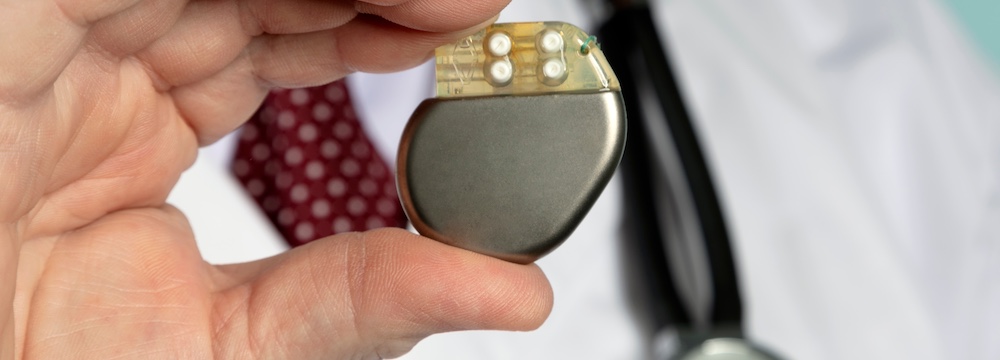People have a pacemaker for low heart rate, sometimes complete heart blockage where the upper chambers can no longer transmit electrical impulses to the lower chambers. A patient usually has a problem with the “wire,” if you will, that sends the signals.
What Can I Expect When Having A Pacemaker Surgery?
Pacemaker implantation is usually minor surgery that takes about an hour. Sometimes, it’s quicker or slower. If your family members are in the waiting room, they may think it takes two hours or longer because there’s a lot of paperwork beforehand and after. Like most surgeries, you won’t have anything to eat or drink after midnight the day before; we might have you hold off taking specific blood thinner medications. Usually, we have people on Plavix, aspirin, or other anti-platelet agents to continue those medications.
Before the surgery, the anesthesiologist will make you sleepy with a lighter sleep called conscious sedation. It will be moderate or deeper than that. If we sense that you are starting to feel pain, we will adjust the sedation. We make an incision to form a pocket to place the pacemaker, usually on the left side of your chest, the traditional placement area for your pacemaker. We will then connect leads into the heart. We put it all under the skin. You will be given some numbing medicine around the incision so you won’t feel any pain. You can almost always expect to spend the night in the hospital for a new device and will most likely go home the next day unless we see an issue. You will get pain medicine overnight and antibiotics before and after the surgery. The device will be checked the next day to ensure the leads are in place and that the heart has not rejected any leads. There is a follow-up visit to check the surgical wound and optimize the device for your particular needs.
What Are The Risks of Pacemaker Placement Surgery?
We generally tell people with any surgery or procedure, there is a risk of stroke, heart attack, and death. There is always surgical risk (like if you had your gallbladder or appendix out or even a colonoscopy). The main risks include:
- Collapsed lung. We work with needles around the lungs, so there’s a one percent chance of a lung perforation, and that’s treated with a chest tube.
- Perforation of the heart. Again, there is generally one percent or less risk of that happening. When we put leads into the heart, there is a slight chance that one may perforate. If that happens, it’s generally treated with a chest tube under the breast bone to drain the blood away from the heart. Depending on the situation, it can require open heart surgery to fix the hole.
- The risk of infection is about one percent, maybe higher. If that happens, it must be removed and replaced when the infection is eliminated. You can even have an infection much later. This would be a severe infection that involves the bloodstream – one of those once-in-a-lifetime type infections. Again, an infection can seed that device just like an artificial hip or heart valve.
- Lead dislodgement is about one percent. If it happens to you, we must return and fix the lead in the heart. There are some restrictions on lifting your arm. Usually, we ask you not to lift your arm between 4 and 6 weeks after your surgery. You should not raise your arm more than 90 degrees. If you lift your arm higher than that, you’ll pull leads out of the heart and have to go back in with repeat surgery.
If you have more questions about having a pacemaker, speak to one of our caring cardiologists about pacemaker surgery. New patients are always welcome. Start by calling 702-475-5115 or using our online form here.

